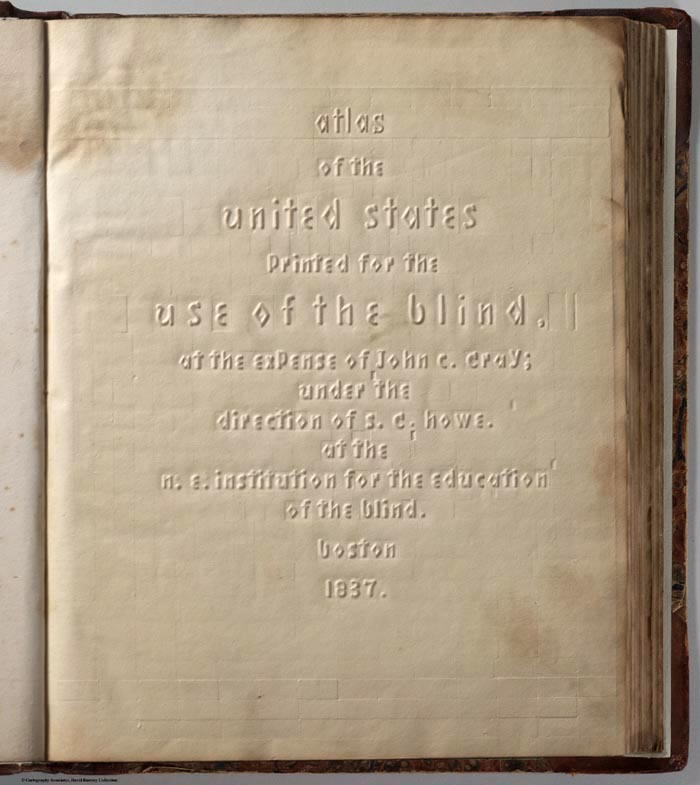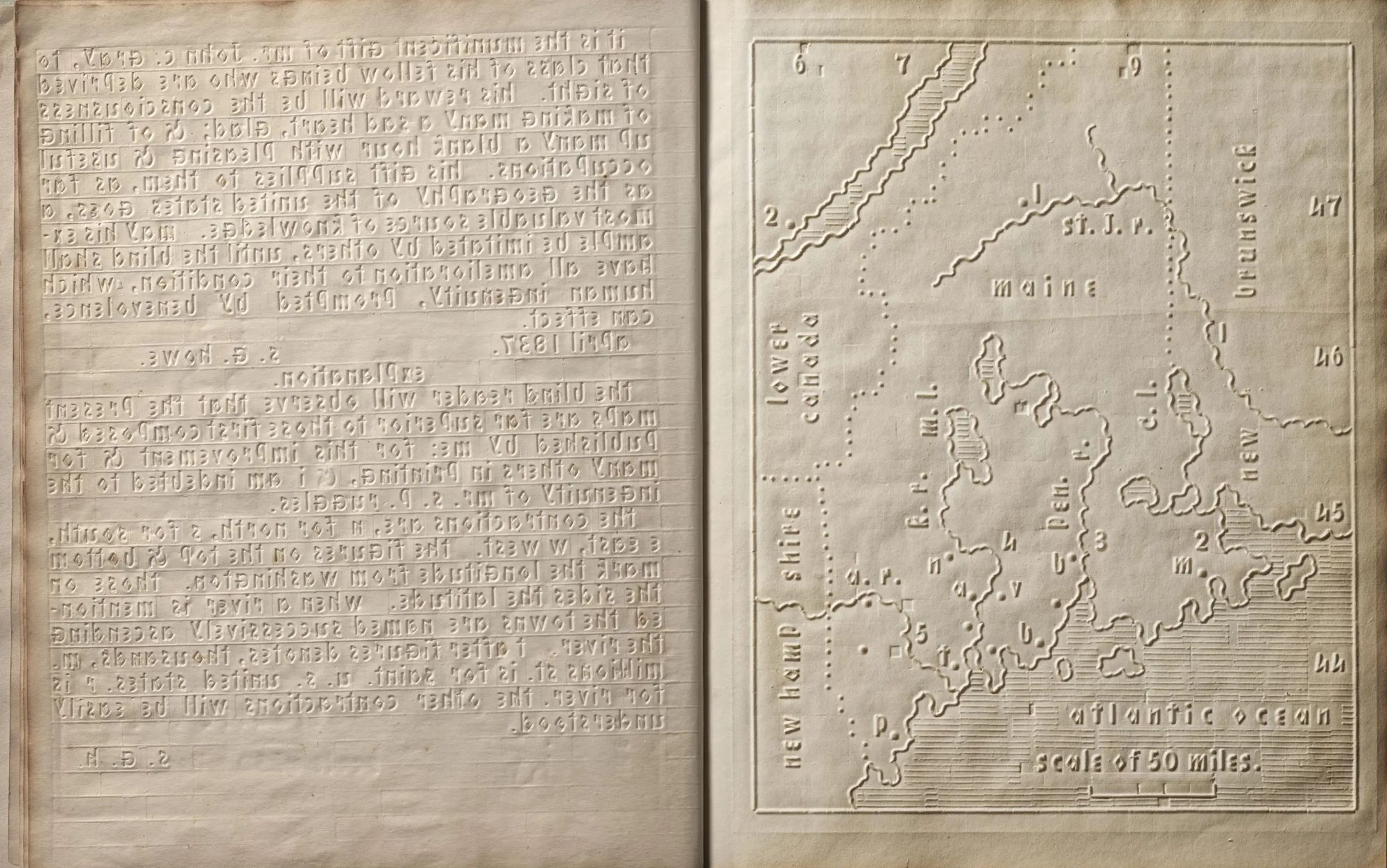Here on Open Culture, we’ve featured ancient wind instruments going back 9,000, 18,000, even 43,000 years. Just this month, archaeological research has just added a new item to this venerable lineup: a set of 12,000-year-old flutes made from the bones of birds. “The instruments are among the oldest in the world and, according to the researchers, represent the first to be found in the Levant, the region that fostered the first stages of the Neolithic Revolution approximately 12,000 years ago,” writes Discover’s Sam Walters. They’re creations of the Natufian civilization, which “bridged the difference between the foraging of the Paleolithic period and the agriculture of the Neolithic,” and which was “the first to adopt a sedentary lifestyle in the Levant.”
The bones were unearthed in Eynan-Mallaha, which is part of modern-day northern Israel’s Hula Valley. It was “during a recent examination of the artifacts,” writes Smithsonian.com’s Teresa Nowakowski, that “scientists noticed that seven had strange features — like finger holes and mouthpieces — that would have allowed them to function as musical instruments.”
You can read in detail about the discovery and study of these ancient instruments in the article published earlier this month in Scientific Reports. Nowakowski quotes its co-author Tal Simmons as saying that “the sound they produce is very similar to that of two specific birds of prey that were hunted by the people living at the site where they were discovered, namely the kestrel and the sparrowhawk.”
Only the most bird-oriented among us could easily imagine what that sounds like. But they’d surely also be interested to hear the Natufian flute itself, and how closely it, in fact, mimics those calls. The video above offers about a minute of the sound of a replica, the creation of which would have involved a considerable amount of small-detail work, given the tiny size of the bird bones from which the originals were crafted. “Though there were plenty of bigger bird bones preserved at the site, which would have been better for turning into instruments as well as for playing, the Natufians specifically selected smaller bones that produced a screechy sound similar to a bird of prey,” writes Walters. They thus created a useful hunting tool — but they also opened to their civilization a whole new dimension of music.
Related content:
Hear a 9,000 Year Old Flute — the World’s Oldest Playable Instrument — Get Played Again
Hear the Sound Of Endangered Birds Get Turned Into Electronic Music
Hear a Prehistoric Conch Shell Musical Instrument Played for the First Time in 18,000 Years
Hear the World’s Oldest Instrument, the “Neanderthal Flute,” Dating Back Over 43,000 Years
Based in Seoul, Colin Marshall writes and broadcasts on cities, language, and culture. His projects include the Substack newsletter Books on Cities, the book The Stateless City: a Walk through 21st-Century Los Angeles and the video series The City in Cinema. Follow him on Twitter at @colinmarshall or on Facebook.





